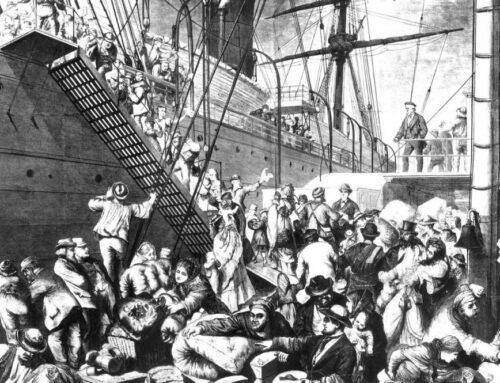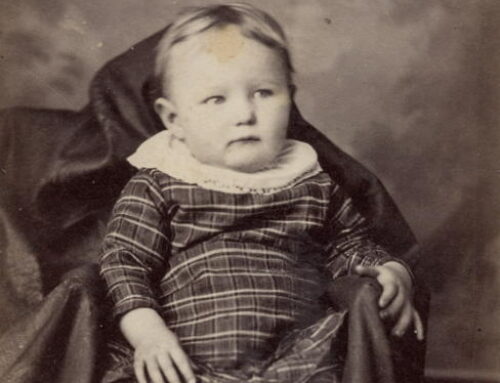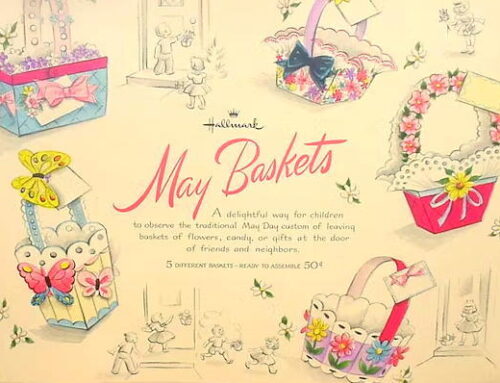
Preservation Week 2014 Family Photographs
Sassy Jane recommends:
1. Move family records and photographs out of the garage, attic, or basement. Damp, mold, and temperature extremes are bad for photographs. Remember – they like the same temperature and humidity that you do.
2. Check the backs of old framed family photographs. Acidic wood and paper backing in old frames can damage your photographs.
3. Handle photographs at the edges with clean, dry hands. If you intend to work with your family papers for more than a few minutes, wear gloves.
4. Store photographs and create family photo albums using archival quality supplies, including using photo corners. Never use self-adhesive photo albums, glue, or tape.
5. Move framed family photographs and records out of direct sunlight. Check to make sure (and recheck as the seasons change) that your family photographs aren’t getting daily doses of UV radiation from sunlight that, over time, will fade them permanently.
6. Advice about organizing and storing your family photographs is available in Cataloging Digital Family Photographs and Records, a Sassy Jane Genealogy Guide. And to close today’s post, some tips from a premier historical records conservation organization, the Northeast Document Conservation Center:
Caring for Private and Family Collections
“To preserve wedding pictures (or photos of any event) as long as possible, be sure the photographer takes a roll of black-and-white film. Although improvements in technology have extended the life of color prints and negatives, color materials still do not last as long as traditional black and white photographs and negatives.”
Emergency Salvage of Wet Photographs
“In general, films (plastic-based materials) appear to be more stable than prints (paper-based materials); therefore, prints should be salvaged first. Important exceptions include deteriorated nitrate and safety films, which are extremely susceptible to water damage….” “…Photographs made by the following processes should be salvaged first: ambrotypes, tintypes, collodion wet plate negatives, gelatin dry plate negatives, lantern slides, deteriorated nitrate or safety film … and color materials. Photographs made by many of these processes will not survive immersion….”
That’s it for Preservation Week 2014 Family Photographs. See you tomorrow with a new Preservation Week post on home movies.





Great advice! Always good to be reminded of how to take care of old photographs.